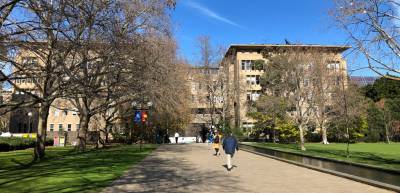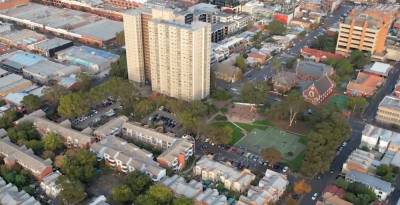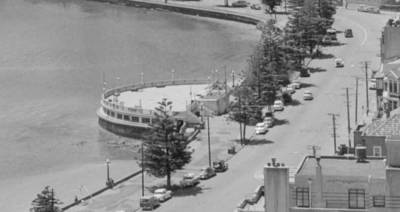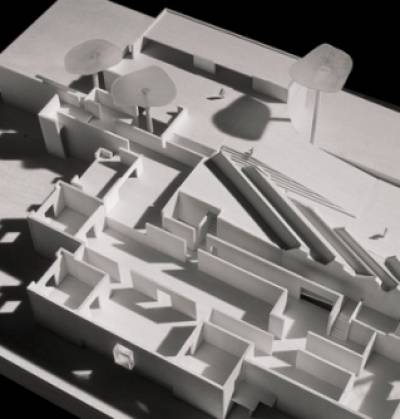home » news » urban planning and films » United States » Missouri
Pruitt Igoe - the film
You know the photos and the footage. In case you don’t here it is, complete with prevailing attitude courtesy of Robert Hughes.
According to Hughes, “every sort of Corbusian amenity” did not “improve” the tenants, who ripped it apart. I’ve been waiting a while for the film “The Pruitt-Igoe Myth” to become available and now it is, and for a short while (until mid February) it’s streaming freely on the web at World Channel.
Spoilers follow
As the film will only be up for a short time, and because I can’t stop thinking about it, here’s a very quick run down.
It wasn’t Corbusier who killed this St Louis project. Or Minoru Yamasaki. Tenants initially loved the place – and its cleanliness. It was a far cry from the toxic inner city slums they left. But it wasn’t a popular development with local politicians, bankers and developers – they didn’t mind helping to construct it with federal funds but it had no use to them after that. So there were no funds to maintain the giant complex – all operational costs had to be paid out of the tenants’ rent.
The estate was built in 1952 to cater to an optimistic population explosion in St Louis that never came to pass. Not only did St Louis’s population steadily decrease from then on, it also spread out as the suburban dream took hold. As elsewhere, the city started to empty and rents dropped. Pruitt Igoe was not full, and could not be maintained with the rents of those who remained.
There were good reasons for people to move out and back into private dwellings if they could, but they weren’t architectural. Public housing, according to the film, was a sort of punishment for being poor and you weren’t allowed to forget it. Able-bodied men were not allowed in, so families had to separate to gain access. Fathers were occasionally smuggled in and frequently had to hide in closets. If that doesn’t sound punitive enough, how about the ban on telephones and televisions in the early years?
As the complex deteriorated physically and socially, vandalism increased and drug lords took over empty buildings. Emergency services refused to go anywhere near it. It’s a sobering tale, but its fault lay more with its city fathers and its size, rather than its architecture. This film tells the story well, from the tenants’ point of view.
Also:
Why they built the Pruitt Igoe project Alexander von Hoffman
Joint Center for Housing Studies, Harvard University.
Pruitt Igoe Now 2012 competition.
Posted by Peter on 04.02.14 in urban planning and films
comment
Commenting is closed for this article.






